
“Seeing patterns in nature encourages me to create patterns of my own,” says San Francisco-based photographer Stephanie Dolen regarding the inspirations behind her unique floral project. She enjoys documenting many of them in a flat lay layout in various patterns. These photos are minimally retouched, if at all, and she considers them a form of portraiture in many ways.
We hate banner ads too. Download our app for iOS, iPad, and Android and get no banner ads for $24.99/year.
I recall the girls in my summer camp from many decades ago, poring over their notebooks with flowers and leaves preserved between the pages. I’d never seen this sort of preservation before in my life. As a young student, it was fascinating to observe how these leaves were carefully pressed between thin pages, leaving imprints while barely drying up. When I saw Dolen’s images, that was the first thing my mind went to. A a single photograph triggered a memory tucked away in the back of my brain after so many years. An unrelated picture nevertheless, but it goes to show how a photo can bring back memories.
The Essential Photo Gear Used by Stephanie Dolen
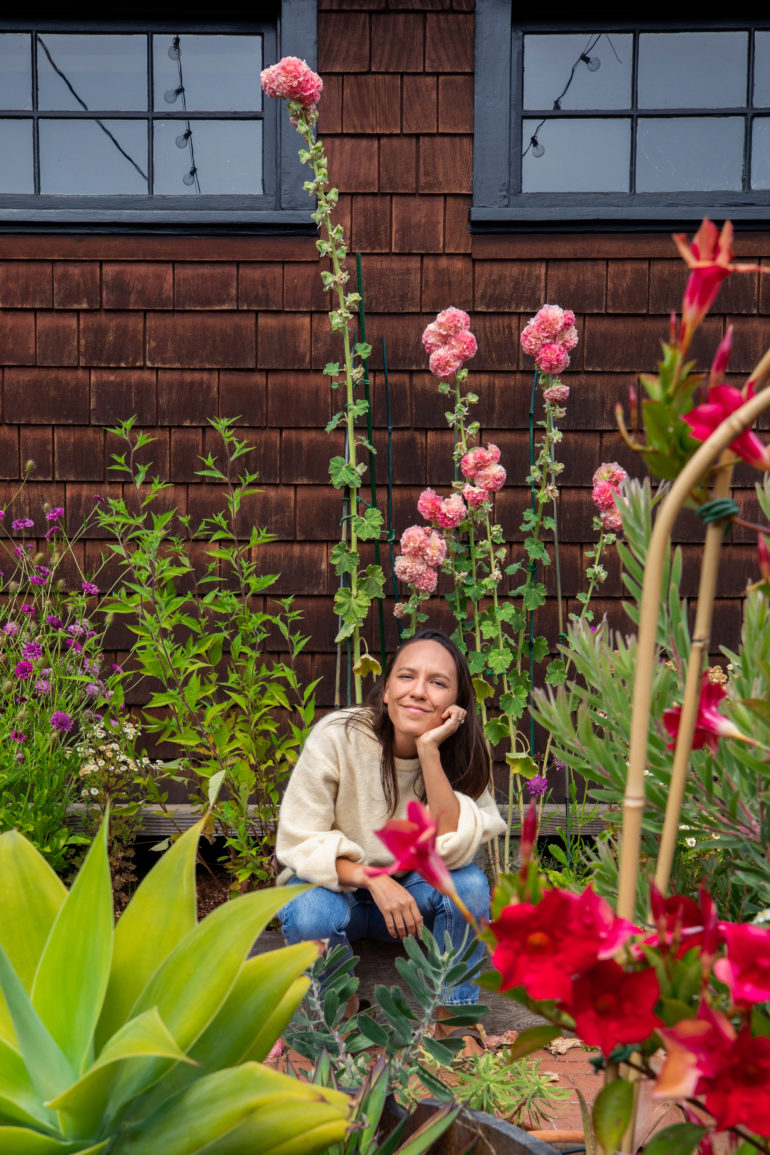
Stephanie told us:
The Phoblographer: Hello Stephanie. Please tell us about yourself and how you got into photography.
Stephanie Dolen: I’m a photographer based in the San Francisco Bay Area, California. Living and working in the Bay Area means much of my work consists of photographing other people at work — in the form of portraits, capturing internal corporate culture, products, and visualization of product use, or documenting events. I love my job, as it enables me to get a glimpse of what’s going on all around the region. My commercial work supports my personal work. I probably wouldn’t be doing one without the other.
I grew up about 25 miles northeast of Sacramento, in what was considered the middle of nowhere. As a kid, I took my little plastic film camera everywhere I went, constantly taking photos, especially of what I saw on the ground. I was lucky to have parents who allowed me this interest — in a financial sense, but also in an emotional sense. They gave me a few rolls of film at a time, and that film was mine to do as I pleased with it. The feeling of anticipation I had going to the grocery store photo lab to pick up developed film and prints is a vivid childhood memory of mine.
My interest in photography continued to grow as I took black and white film classes in high school, and following that, every photography class I could sign up for at my local community college. At that point, I knew I wanted to pursue photography professionally and went on to study portraiture at Brooks Institute in Santa Barbara starting in 2008. After graduating in 2011, I began working at an in-house e-commerce studio as a product photographer, which was where I had the most formative experience with flatlay styling/photography. A few years later, I quit [my job] to start my own business as a commercial photographer.
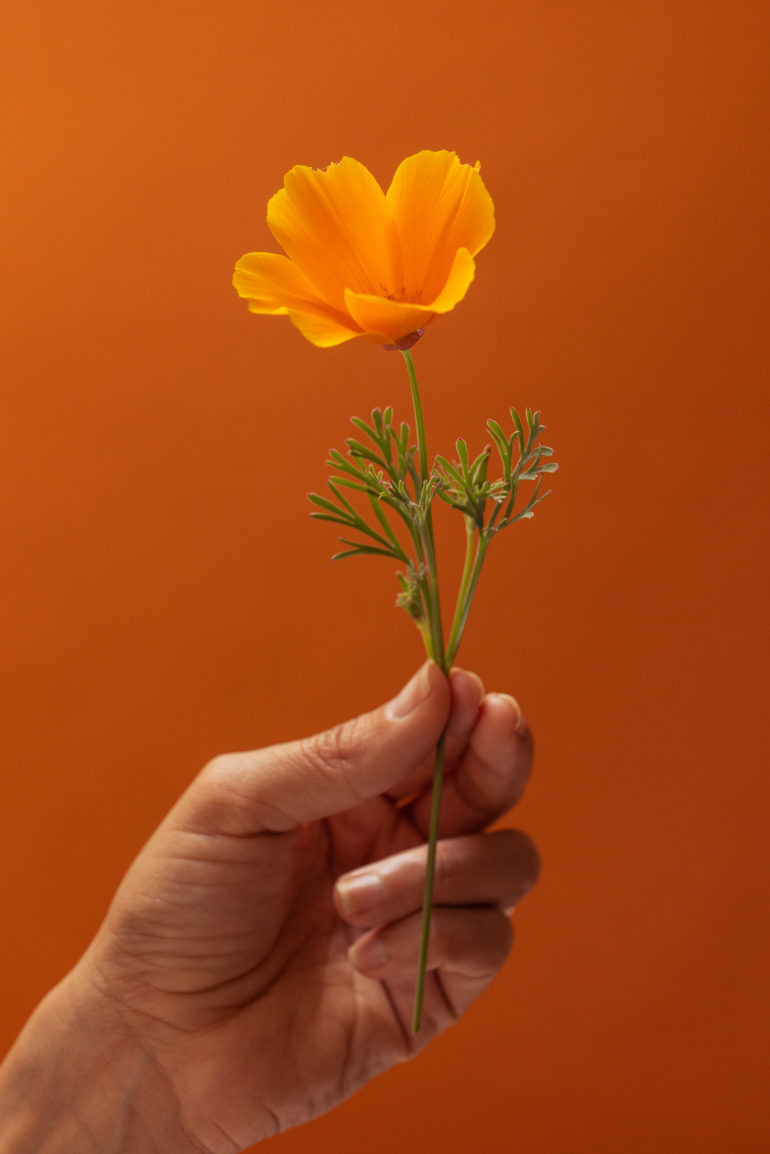
The Phoblographer: What camera gear do you use for your photography projects and professional work?
Stephanie Dolen: These days, I primarily use the Canon R5. The R5 has really changed the way I photograph flowers because I don’t have to tether to see what I’m shooting from in front of the camera anymore. I frequently hold flowers in one hand and photograph with the other hand on the shutter, with the screen flipped down so I can compose and focus with the camera on a tripod.
Apart from the R5, I’ve relied heavily on the 5D line of DSLRs since 2008 and have frequently used the Sony Alpha line as well (A7SII, A7RIV).
For years, I only used prime lenses, and have since shifted away from that approach a little bit. For flatlay photos of flowers, I still generally use a prime lens, though which of those depends on the size of the composition and how much room I have, usually the Canon 35 1.4L, 50 1.2L, or 85 1.2L. I frequently shoot in low light, and being able to shoot wide open with any of these lenses is helpful.
For a time, I took a Rollei 35 loaded with Portra 800 everywhere I went. I still love the form factor of that camera, how tiny and mechanical and delicate it is. From a technical standpoint, it’s probably the least desirable analog camera I own, and it’s somehow my favorite. Film isn’t a part of my commercial workflow, but I enjoy using it for myself, especially while traveling, to see how the colors and contrast of a certain scene render — I find it helpful to use those images to guide my approach to digital color. For lighting flowers indoors, I sometimes use window light with various reflectors for fill. If I want more control, I typically use a Profoto D2 (1000Ws) monobloc. My go-to modifier is the Profoto Umbrella XL Deep White with the diffusion panel, which is just really versatile.
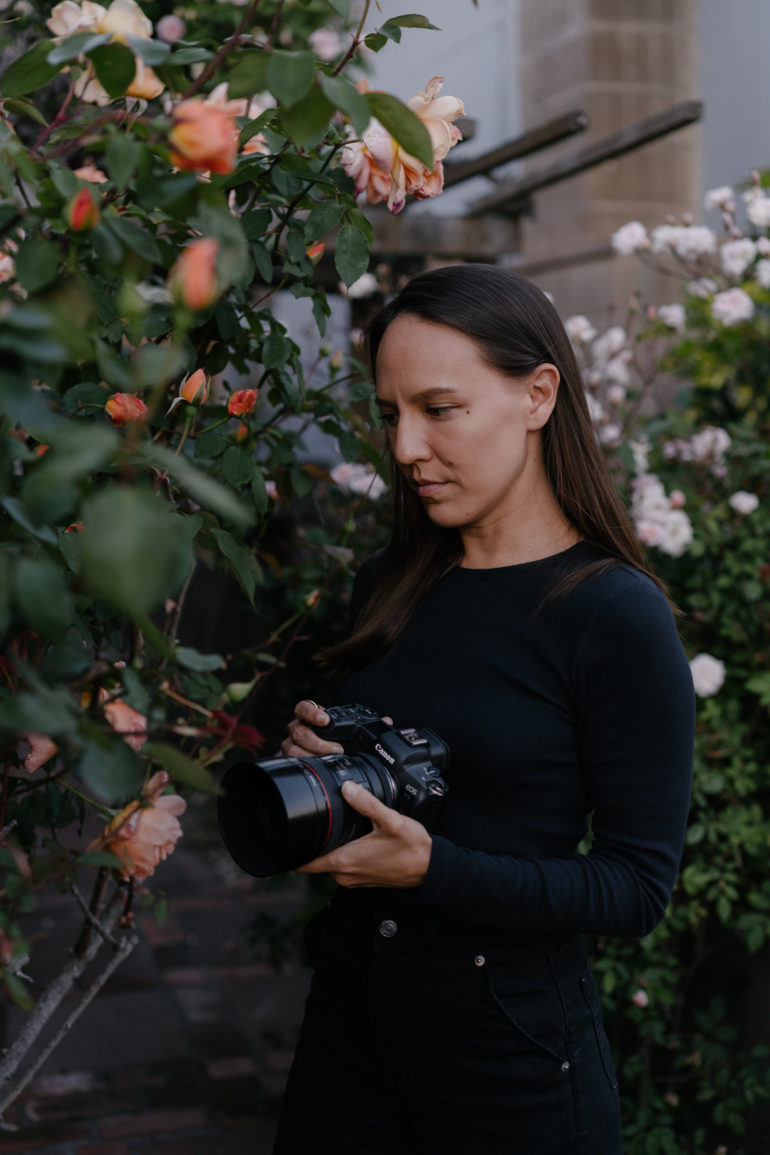
The Phoblographer: Is this a documentation project, or is there another story behind it?
Stephanie Dolen: This project definitely has a documentary aspect to it — it’s seasonally driven. The leaves are a certain color for just a few days per year, some flowers are abundant for only a short time before dying back as the heat of summer sets in, other plants need a whole summer’s worth of light and warmth before their flowers make an appearance just as the weather begins to cool. All I do is photograph everything as it happens, season by season. Seeing patterns in nature encourages me to create patterns of my own. I spend a lot of time documenting plants outside in the ground as well, and although making cuttings, bringing them indoors and deliberately placing them is in a way the exact opposite of photographing them in situ, I still see it as a form of documentation.
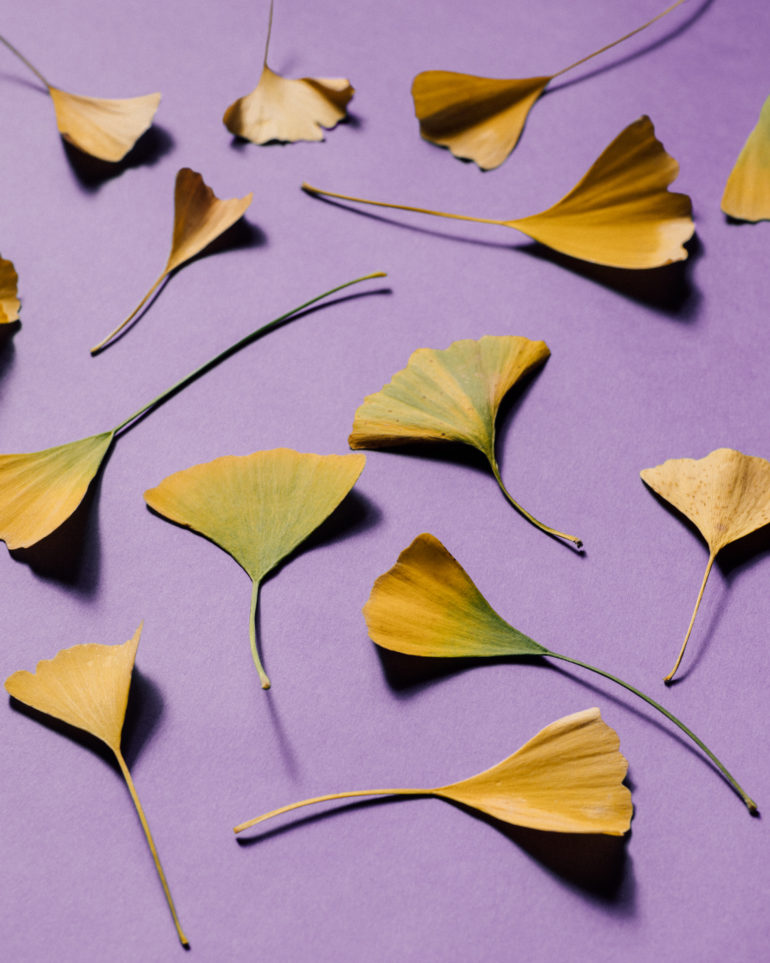
The Phoblographer: Are these sourced from your immediate surroundings?
Stephanie Dolen: These are all plants growing in and around my garden, and when I choose which plants I’m going to photograph, they tend to have some personal importance or meaning to me.
The Itoh peony, for instance, is a type of peony more suited to my climate than the more commonly seen herbaceous usually peonies grown for cut flowers, originally hybridized by a Japanese horticulturist, Dr. Toichi Itoh. These peonies grabbed my attention at the nursery, as some of them are still marketed in the US under Japanese names: Yumi, Keiko, Takara. The one pictured here is a variety named Keiko, which happens to be my mother’s given Japanese name. It finishes its annual bloom cycle right around Mother’s Day.
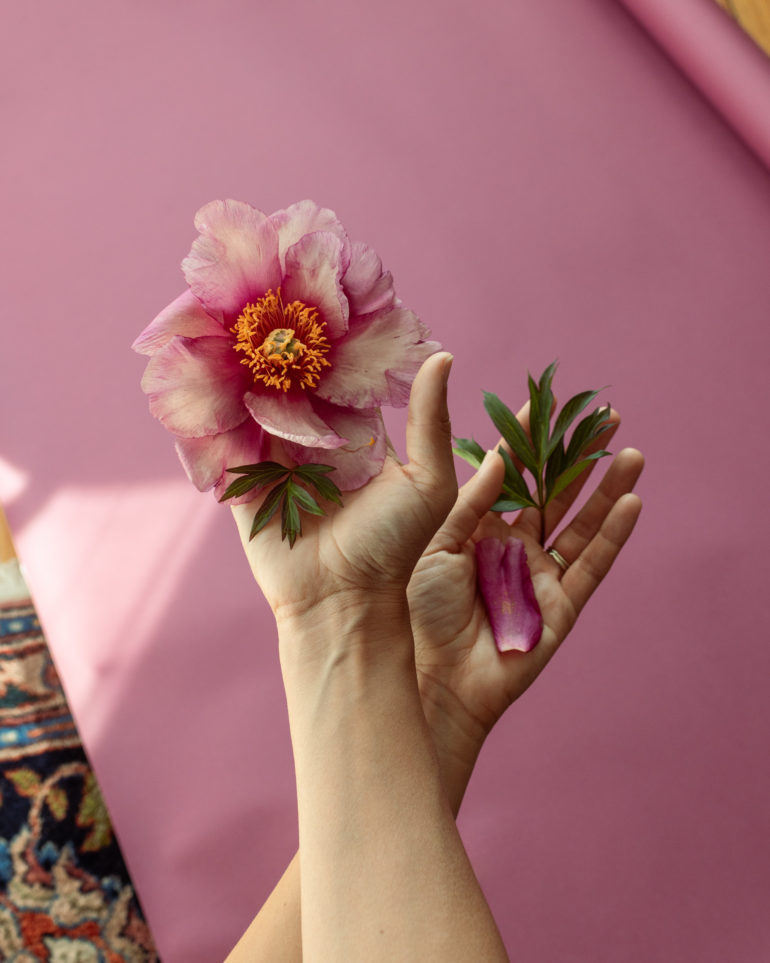
The Phoblographer: Most of the petals and flowers look quite fresh. Do you take these photos shortly after plucking them, or is there a method of preservation you use?
Stephanie Dolen: I think of the photographic process as my way of preserving the flowers as they are in that moment in the season. My goal when bringing flowers out of the garden is to keep them as hydrated as possible and photograph them quickly. In between setups, they usually go back into a bowl of water, and I keep a towel handy to dry the stems as I place them. I like seeing water droplets on the flowers, but I’m usually shooting on rolls of seamless paper, which show water spots easily. I try to not retouch much, if at all if I can help it. In an image or two of this year’s peony flatlay, there are water droplets visible on the paper. I felt like they slightly resembled little drops of blood. I don’t mind that, so I left them in.
On the other hand, I also photograph a lot of flowers just before throwing them in the compost because I find them interesting and beautiful in their own way at that stage.
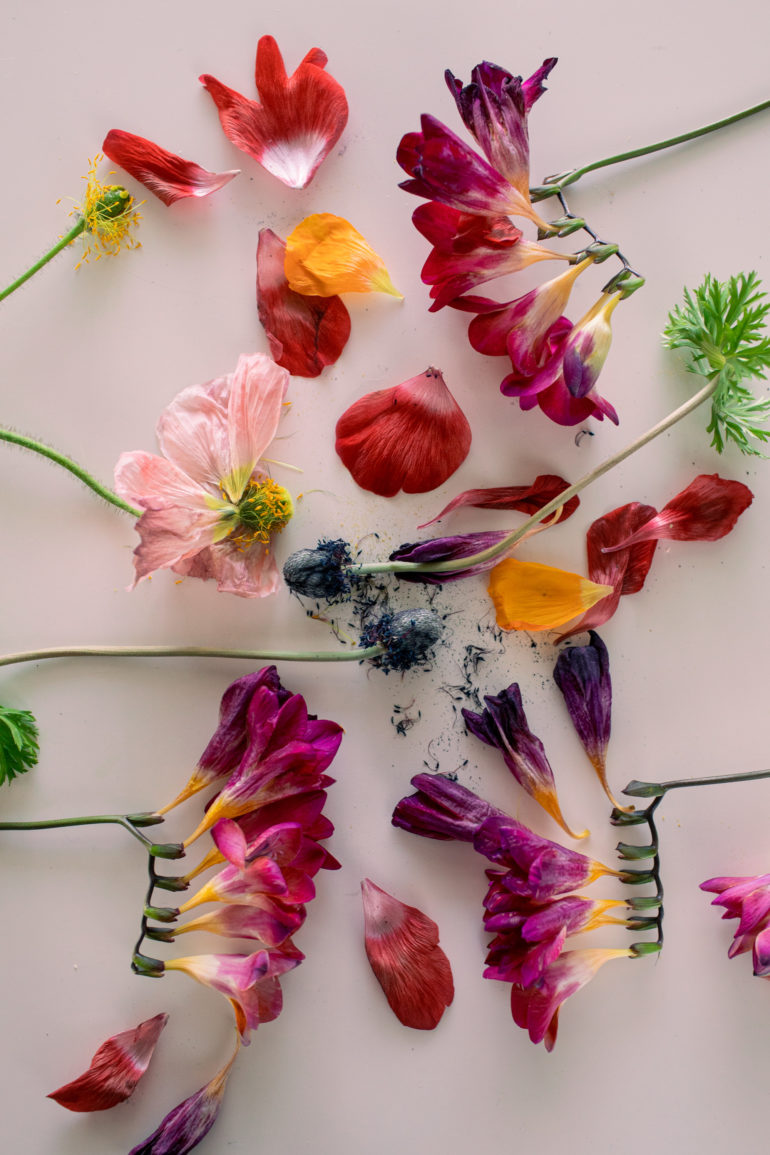
The Phoblographer: What flowers have you found make the best arrangements and why? Which ones don’t quite make the cut?
Stephanie Dolen: For me, it’s less of a visual/physical quality and more of an emotional quality. For example — in theory, nasturtiums don’t work well at all for a flatlay. When cut, they begin to wilt instantly, and the way the flower itself grows makes it near impossible to sit flat on a surface without a lot of propping. But I loved bringing them inside to work with, because I see them spreading everywhere for months and months, popping up behind garbage cans, uninvited in flower beds, poking through holes in the fence. I personified them long before I photographed them. They are a little challenging to arrange, but because I’d spent time watching them grow, I really enjoyed working with them.
Leaves almost always technically work well for flatlay, because they tend to have less dimensional shape and weight than flowers, so they stay put when placed. However, I find it more difficult to arrange them, because I want to walk a fine line between organic shape and a human-designed pattern, and that can be challenging with many small objects of the same size and form. I usually find myself the least satisfied with my arrangements of leaves.
The only flowers/plants that wouldn’t necessarily work for me — at least for this project — would be cut flowers I went out and purchased because I wouldn’t feel much personal attachment to them.
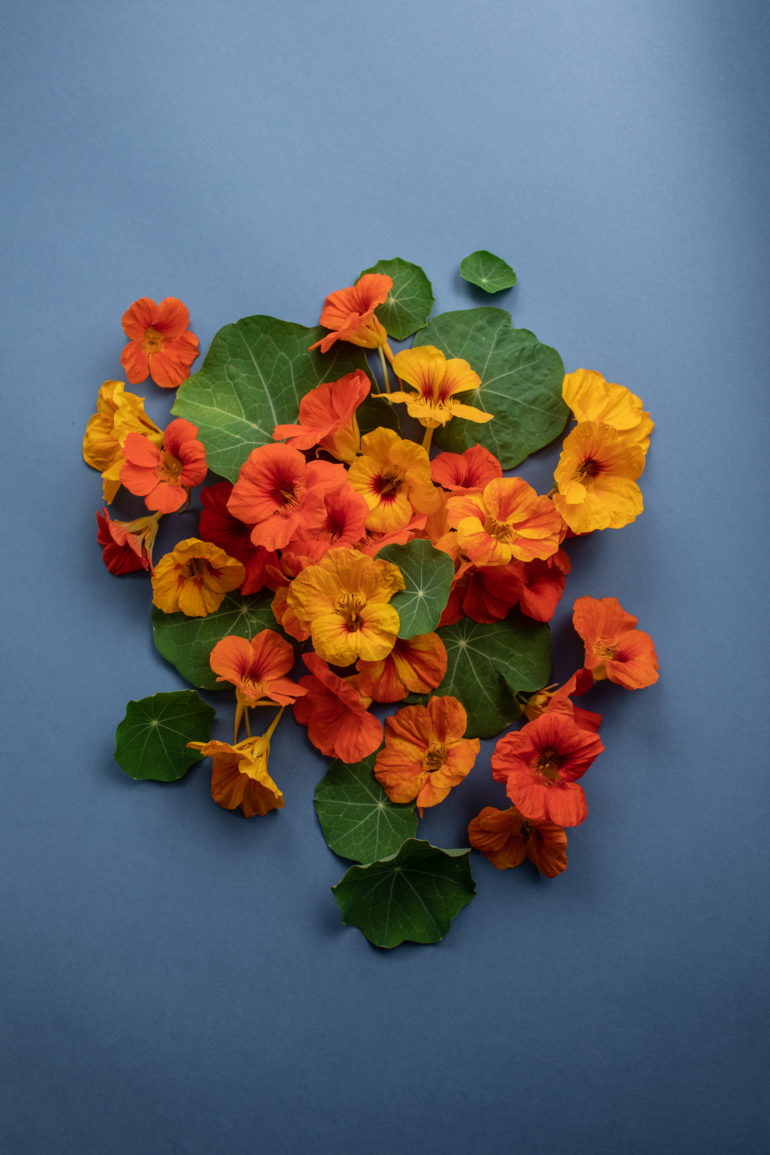
The Phoblographer: They’re not always stationary; I see some movement and motion blur in a few images. What are the thoughts or feelings that influence the composition?
Stephanie Dolen: I see flowers as living things more than still life objects, so for me, it makes sense for some movement to be involved from time to time. Since these are plants from my garden, I see them swaying around in the wind more often than not, and I sometimes attempt to mimic that as well.
I don’t think it’s overt at all, but I am also drawn to compositions that are slightly unnerving. Sometimes something has to feel a little off for it to feel right to me, whether it’s a blurry hand entering the frame that looks a little bit like a claw, or utilizing light at dusk that is more eerie than classically flattering, or symmetry that borders on creepy or otherworldly.
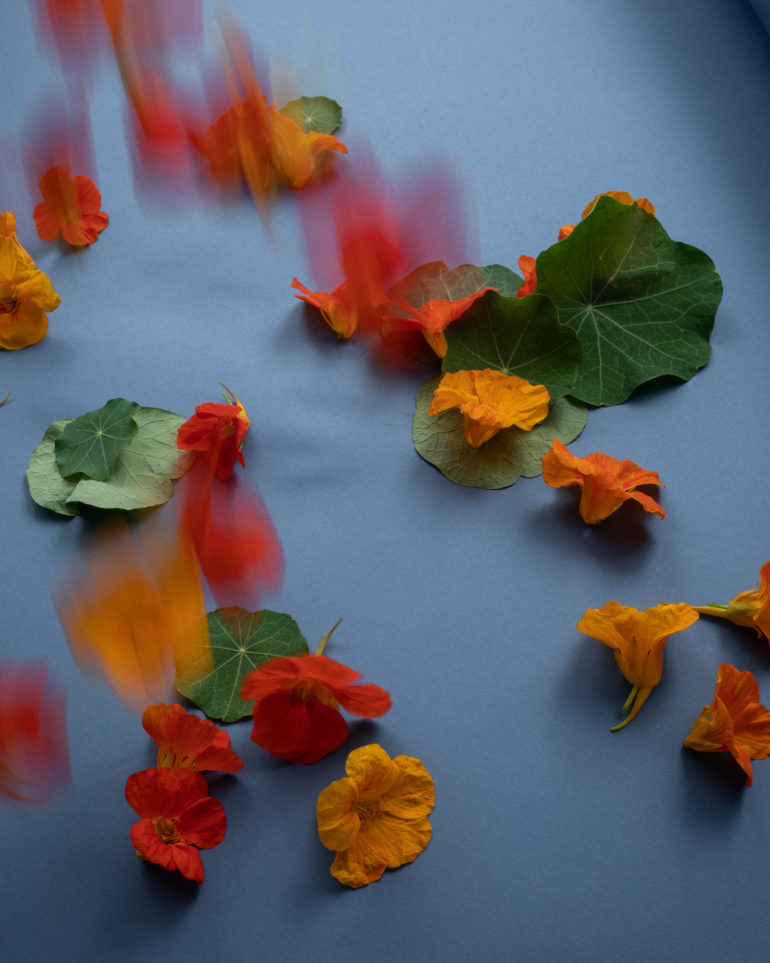
The Phoblographer: These seem to be some nontraditional photography backgrounds, but backgrounds nonetheless. Would you say this can be considered portraiture of some sort?
Stephanie Dolen: Absolutely. I use the same backgrounds for people too! Like many introverts, though I love portraiture, I find photographing anything other than people to be restful and meditative. But I also think that I approach photographing flowers and people similarly.
I also incorporate my hands often, and I see anything with my hands in it as a self-portrait of sorts.
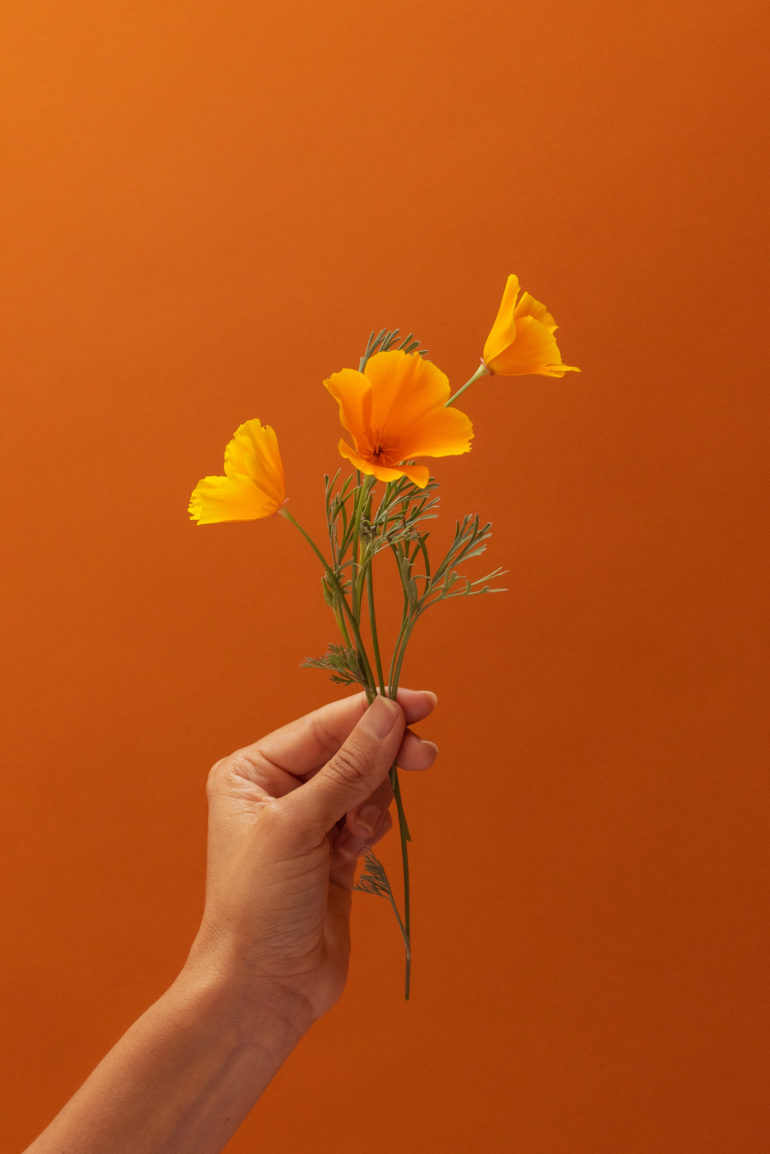
The Phoblographer: What happens to the flowers after the pictures are taken?
Stephanie Dolen: They usually go into a bowl of water or a vase until they start to fall apart, and sometimes I’ll photograph them again at that point. Other times, they go straight to the compost — for example, California poppies won’t last a day as a cut flower.
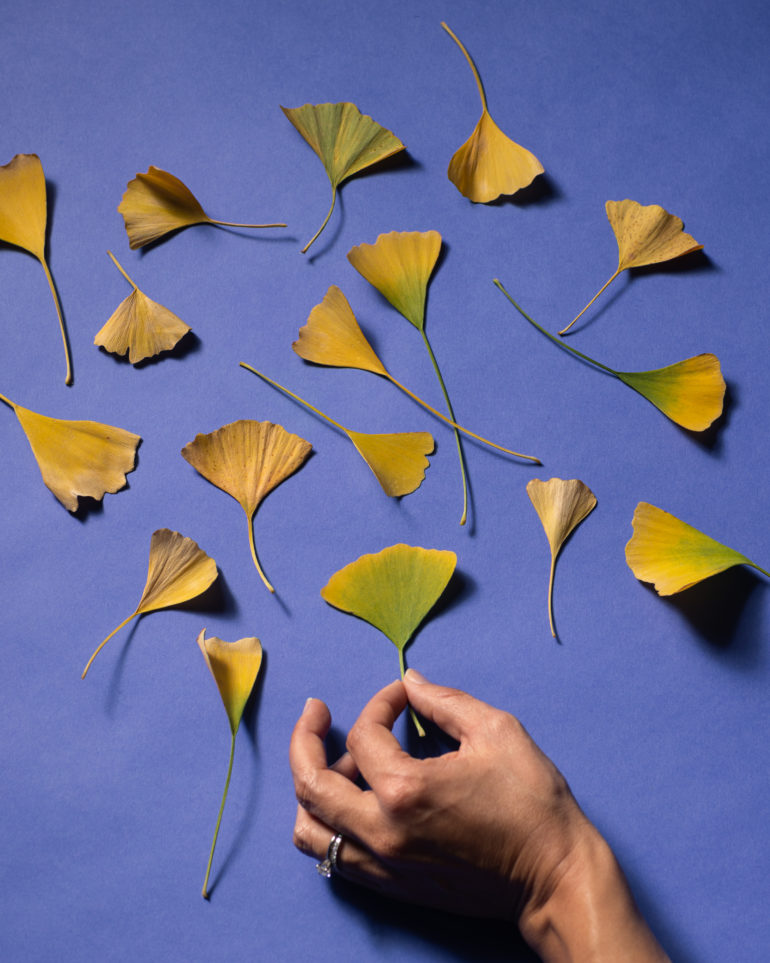
The Phoblographer: You also have an attraction for the outdoors. When did you begin to develop a desire to photograph nature and its intricacies?
Stephanie Dolen: When I was a kid taking those photos of the ground I mentioned earlier — that was when I was also first attempting to photograph nature. I have been working on it for a long time. It’s been slow-going. It took me a long time to figure out how to even begin to photograph landscapes. I get really hung up on things that I see at medium-close range, and now I just lean into that. One of my favorite parts about traveling is just seeing what’s growing wherever I am, and sometimes I manage to come back from a trip with mostly photos of different grasses and sedges.
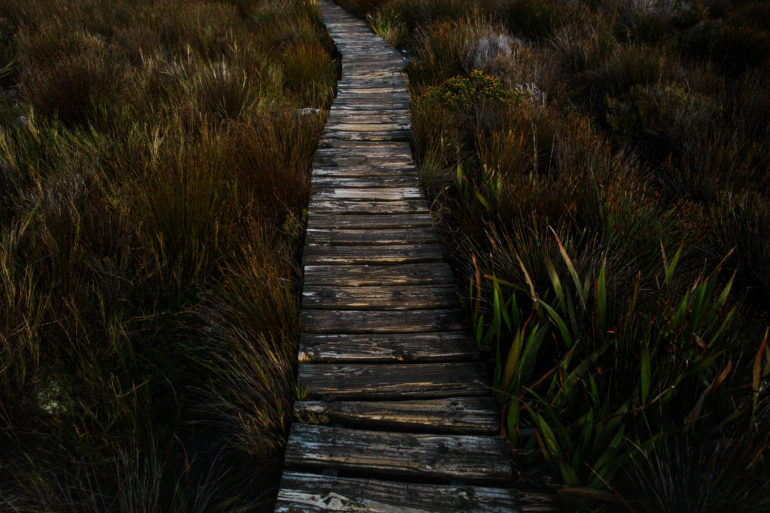
All images by Stephanie Dolen. Used with permission. Check out her website and her Instagram page to see more of her work.






